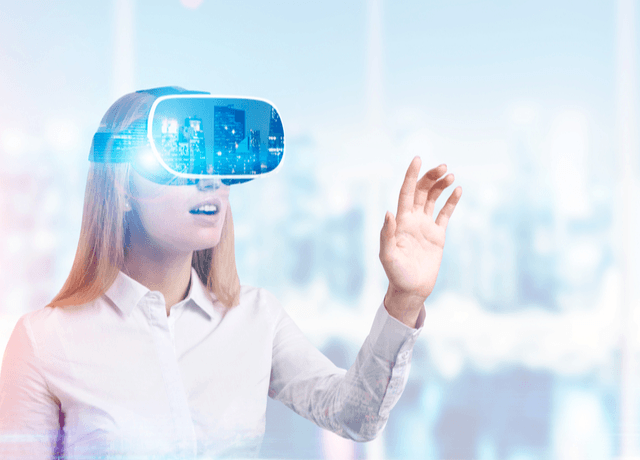As technology continues to advance, it inevitably finds its way into various aspects of our lives, including driver education. Gone are the days of traditional classroom lessons and old-fashioned practice sessions. The future of driver education lies in the exciting realm of virtual reality (VR) and advanced simulators. Lets explore how these cutting-edge technologies are reshaping driver education and revolutionising the way we learn to drive.
Immersive Learning with Virtual Reality:
Imagine being able to step into a virtual world where you can experience realistic driving scenarios without leaving the classroom. Virtual reality (VR) makes this possible. With VR headsets, learners can immerse themselves in a 3D environment that mimics real-world driving conditions. From busy city streets to rural highways, VR allows learners to navigate diverse road situations and practice critical driving skills with a sense of presence and realism.
Benefits of Virtual Reality in Driver Education:
The integration of virtual reality into driver education brings several benefits. Firstly, learners can gain exposure to a wide range of challenging scenarios that may be difficult to replicate during traditional driving lessons. VR enables them to practice hazard perception, decision-making, and defensive driving skills in a safe and controlled environment. Additionally, learners can repeat and review scenarios, allowing for better understanding and reinforcement of important concepts.




